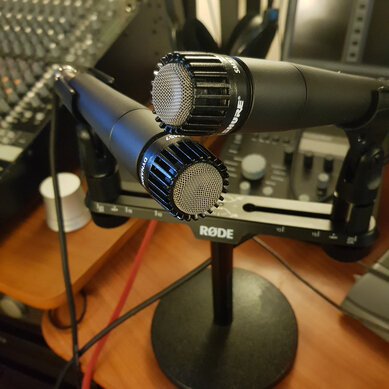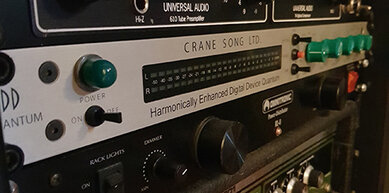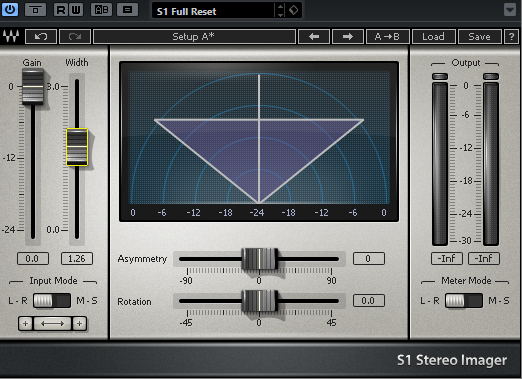Ever left the cinema and been more blown away by its score than the acting? I experienced this recently and as a result began crafting Snake Pit, a piece built cinematically. I knew the design approach I needed was Foley.
What is Foley?
Foley recording is a term coined after sound effects artist Jack Foley who developed a technique creating a sense of authentic-reality, aimed primarily at audiences watching motion pictures.
Foley recording is a term coined after sound effects artist Jack Foley who developed a technique creating a sense of authentic-reality, aimed primarily at audiences watching motion pictures.
Artistically speaking, I believe that using Foley recording builds up cinematic scenes in our music, if that is, of course, the sound and feel you’re going for.
As electronic music producers we shouldn’t pass up the opportunity to record something real and make it our own rather than simply using pre-rolled sounds from sample packs. Sound design is a creative process, not a case of just click-record, rinse and repeat. Not that there’s anything particularly wrong with that but where’s the fun? We are creators. Designers. Builders.
I love stepping outside of the box because it creates opportunities and that means freedom and, more importantly, uniqueness. What you design and create cannot be recreated. Ever. Not identically, anyway. Your mood, the manner in which you strike an object, the temperature of the room and equipment all affects the sound…the final result.
Using the Foley recording technique to depict a well of menacing snakes slithering and rattling in a vicious manner in Snake Pit , I used various percussion pieces to create the illusion:
I used various percussion pieces to create the illusion:
- - Cabasa - for the rattle
- - Hand Shaker – to depict slithering
- - Kitchen knives – to mimic mediaeval swords.
All I used were a couple of microphones. I have recently bought a pair of Sure SM57s (an industry standard dynamic microphone) and Rhodes X-Y mounting bar. I set them up in a X-Y configuration, in order to record using the mid side technique to capture the sound source in stereo. We have the absolutely amazing Crane Song HEDD Quantum (an excellent AD/DA convertor) at Hexmark Records to faithfully capture the sound source, with minimal sonic loss. It’s really important to capture at the highest quality possible to ensure minimal degradation when performing subsequent processing due to conversion.


Mic’ing Up
To set up the X-Y configuration ensure that that the microphones are set up perpendicular to one another illustrated by the diagram below:

Set you level to -18dBFS RMS to ensure that the dynamics are preserved, with plenty of headroom for further processing.
Processing / Mixing
All my rumble filtration is performed inside the box using the UAD Cambridge EQ. The filter extremely used for slicing off those troublesome inaudible sub frequencies that gobble up headroom.


Once the sound source was captured I used waves S1 stereo imager plugin to control the mid side signal. And that’s it. Bags of fun. Give it a go and add realism to your productions. I would love to know what you think.